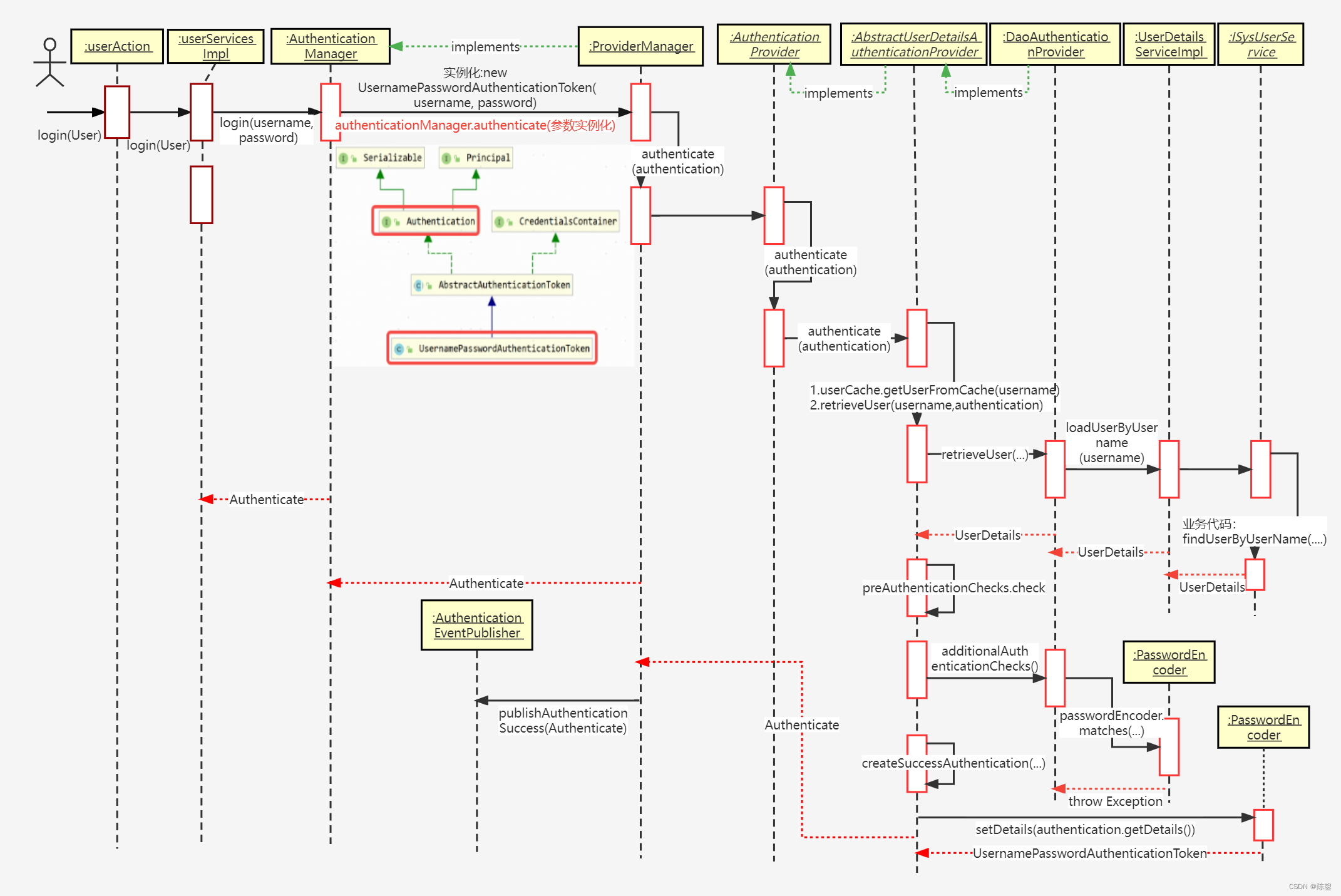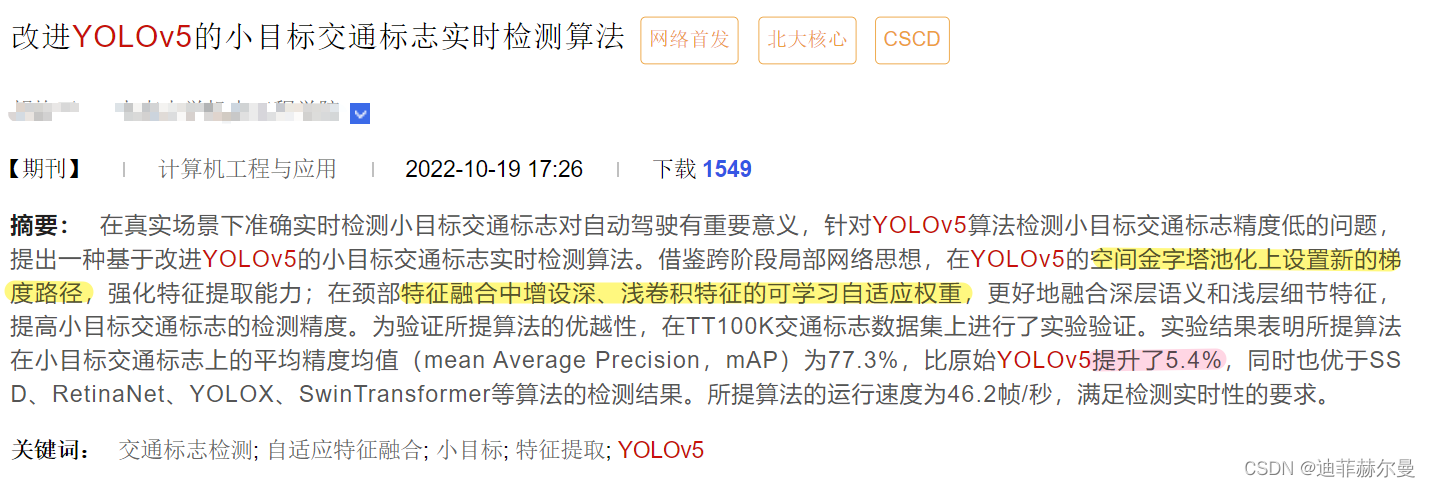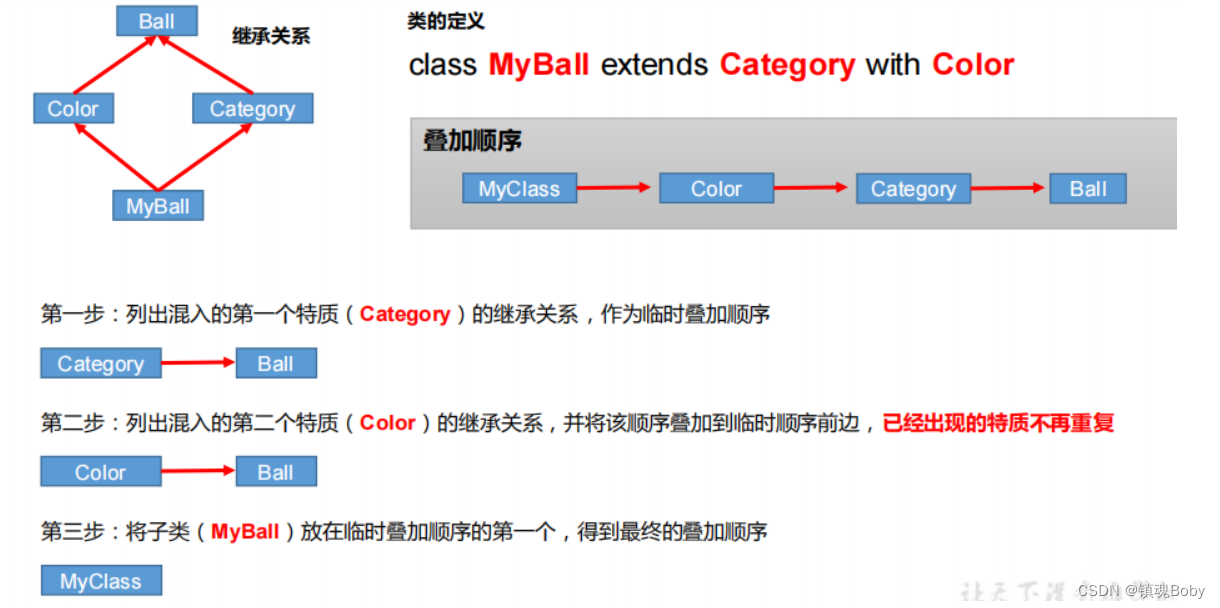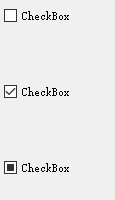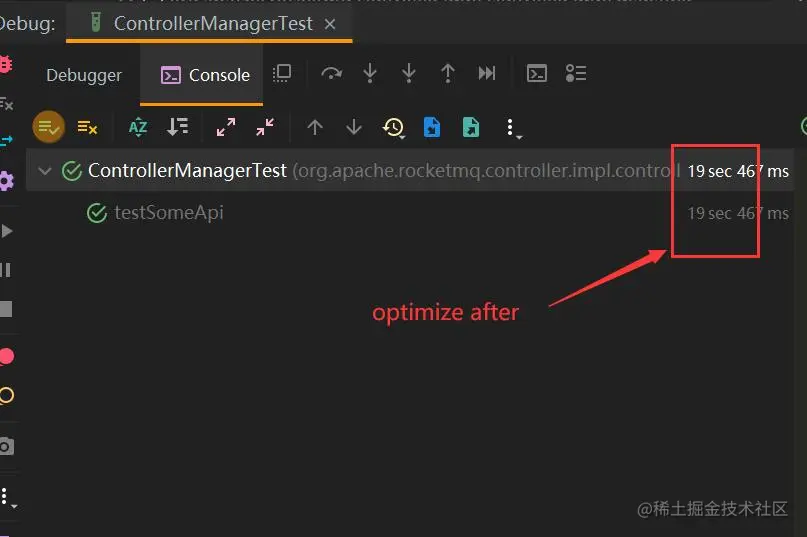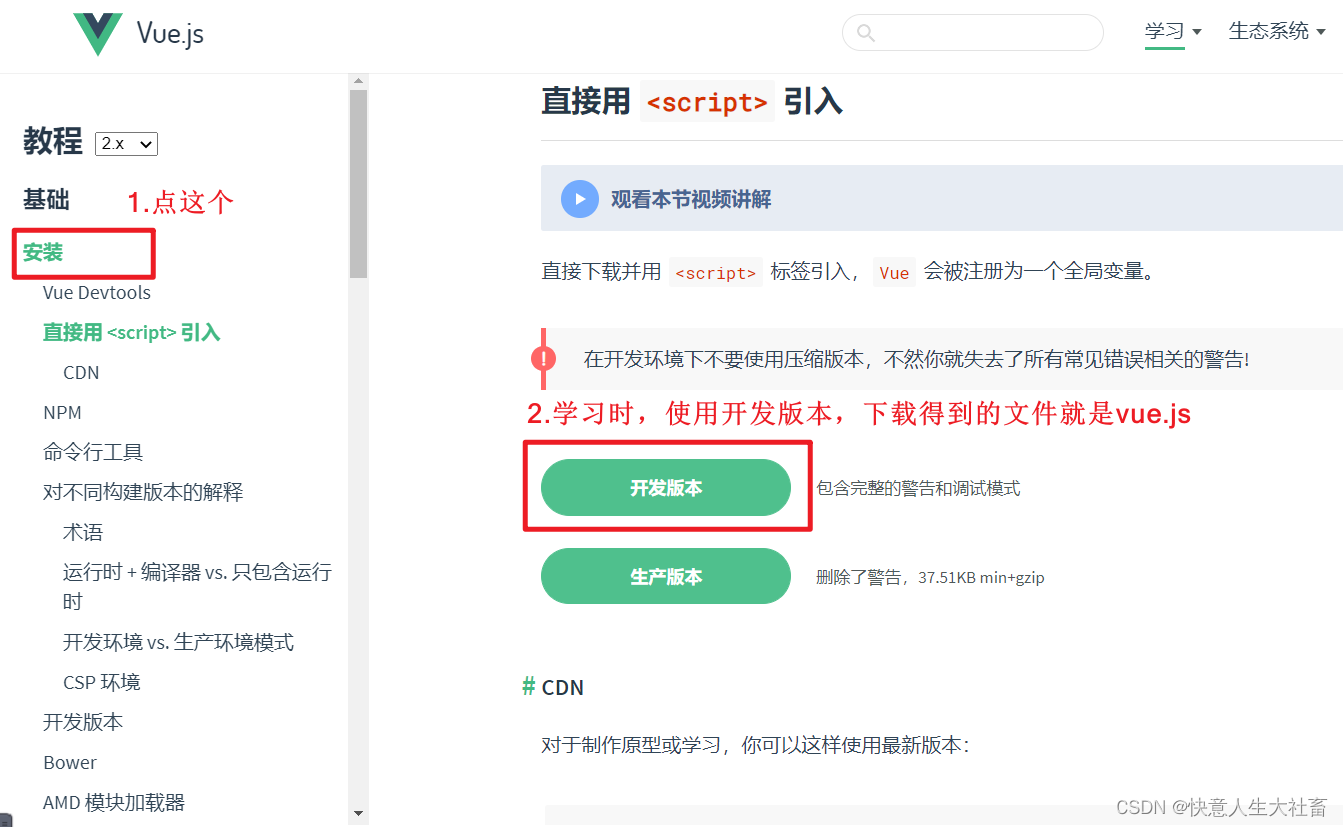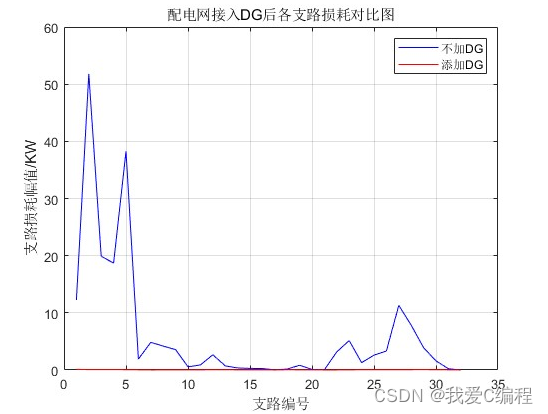目录
一、Service 四层代理基本介绍
1.1 四层负载均衡 Service:概念、原理解读
1 为什么要有Service?
2 Service 概述
3 Service 工作原理
4 kubernetes 集群中有三类 IP 地址
二、创建 Service 资源
2.1 Service 的四种类型
2.2 Service 的端口
三、 创建 Service:type 类型是 ClusterIP
3.1 创建 Pod
3.2 创建 Service
3.3 service 名称解析
一、Service 四层代理基本介绍
1.1 四层负载均衡 Service:概念、原理解读
1 为什么要有Service?
在 kubernetes 中,Pod 是有生命周期的,如果 Pod 重启它的 IP 很有可能会发生变化。如果我们的服务都是将 Pod 的 IP 地址写死,Pod 挂掉或者重启,和刚才重启的pod相关联的其他服务将会找不到它所关联的 Pod,为了解决这个问题,在 kubernetes 中定义了 service 资源对象,Service 定义了一个服务访问的入口,客户端通过这个入口即可访问服务背后的应用集群实例,service 是一组 Pod 的逻辑集合,这一组 Pod 能够被 Service 访问到,通常是通过 Label Selector实现的。

- pod ip 经常变化,service 是 pod 的代理,我们客户端访问,只需要访问 service,就会把请求代理到 Pod。
- pod ip 在 k8s 集群之外无法访问,所以需要创建 service,这个 service 可以在 k8s 集群外访问到。
2 Service 概述
service 是一个固定接入层,客户端可以通过访问 service 的 ip 和端口访问到 service 关联的后端 pod,这个 service 工作依赖于在 kubernetes 集群之上部署的一个附件,就是 kubernetes 的dns 服务(不同 kubernetes 版本的 dns 默认使用的也是不一样的,1.11 之前的版本使用的是kubeDNs,较新的版本使用的是 coredns),service 的名称解析是依赖于 dns 附件的,因此在部署完 k8s 之后需要再部署 dns 附件,kubernetes 要想给客户端提供网络功能,需要依赖第三方的网络插件(flannel,calico等)。
每个 K8s 节点上都有一个组件叫做 kube-proxy,kube-proxy 这个组件将始终监视着 apiserver 中有关 service 资源的变动信息,需要跟 master 之上的 apiserver 交互,随时连接到apiserver 上获取任何一个与 service 资源相关的资源变动状态,这种是通过 kubernetes 中固有的一种请求方法 watch(监视)来实现的,一旦有 service 资源的内容发生变动(如创建,删除),kube-proxy 都会将它转化成当前节点之上的能够实现 service 的资源调度,把我们请求调度到后端特定的 pod 资源之上的规则,这个规则可能是 iptables,也可能是 ipvs,取决于 service 的实现方式。
3 Service 工作原理
k8s 在创建 Service 时,会根据标签选择器 selector(lable selector) 来查找 Pod,据此创建与Service 同名的 endpoint 对象,当 Pod 地址发生变化时,endpoint 也会随之发生变化,service 接收前端 client 请求的时候,就会通过 endpoint,找到并转发到对应 Pod 进行访问的地址。(至于转发到哪个节点的 Pod,由负载均衡 kube-proxy 决定)。
4 kubernetes 集群中有三类 IP 地址
1、Node Network(节点网络):物理节点或者虚拟节点的网络。如 ens32 接口上的网路地址:
[root@k8s-master01 ~]# ip addr
ens32: <BROADCAST,MULTICAST,UP,LOWER_UP> mtu 1500 qdisc pfifo_fast state UP group default qlen 1000
link/ether 00:0c:29:b3:2c:79 brd ff:ff:ff:ff:ff:ff
inet 192.168.78.133/24 brd 192.168.78.255 scope global noprefixroute ens32
valid_lft forever preferred_lft forever
inet6 fe80::20c:29ff:feb3:2c79/64 scope link
valid_lft forever preferred_lft forever
2、Pod network(pod 网络),创建的 Pod 具有的 IP 地址:
[root@k8s-master01 ~]# kubectl get pods -n blue-green -o wide
NAME READY STATUS RESTARTS AGE IP NODE NOMINATED NODE READINESS GATES
myapp-v1-7bb47f975c-4bsst 1/1 Running 0 59m 10.244.36.117 k8s-node1 <none> <none>
myapp-v1-7bb47f975c-767m7 1/1 Running 0 42m 10.244.169.139 k8s-node2 <none> <none>
myapp-v1-7bb47f975c-xz9d5 1/1 Running 0 42m 10.244.169.140 k8s-node2 <none> <none>
Node Network 和 Pod network 这两种网络地址是我们实实在在配置的,其中节点网络地址是配置在节点接口之上,而 pod 网络地址是配置在 pod 资源之上的,因此这些地址都是配置在某些设备之上的,这些设备可能是硬件,也可能是软件模拟的。
3、Cluster Network(集群地址,也称为service network),这个地址是虚拟的地址(virtual ip),没有配置在某个接口上,只是出现在 service 的规则当中:
[root@k8s-master01 ~]# kubectl get service
NAME TYPE CLUSTER-IP EXTERNAL-IP PORT(S) AGE
kubernetes ClusterIP 10.96.0.1 <none> 443/TCP 50d
二、创建 Service 资源
查看定义 Service 资源需要的字段有哪些?
[root@k8s-master01 ~]# kubectl explain service
KIND: Service
VERSION: v1
DESCRIPTION:
Service is a named abstraction of software service (for example, mysql)
consisting of local port (for example 3306) that the proxy listens on, and
the selector that determines which pods will answer requests sent through
the proxy.
FIELDS:
apiVersion <string> # service 资源使用的 api 组
kind <string> # 创建的资源类型
metadata <Object> # 定义元数据
spec <Object>
status <Object>
# 查看 service 的 spec 字段如何定义?
[root@k8s-master01 ~]# kubectl explain service.spec
KIND: Service
VERSION: v1
RESOURCE: spec <Object>
DESCRIPTION:
Spec defines the behavior of a service.
https://git.k8s.io/community/contributors/devel/sig-architecture/api-conventions.md#spec-and-status
ServiceSpec describes the attributes that a user creates on a service.
FIELDS:
allocateLoadBalancerNodePorts <boolean>
clusterIP <string> # 动态分配的地址,也可以自己在创建的时候指定,创建之后就改不了了
······
ports <[]Object> # 定义 service 端口,用来和后端 pod 建立联系
publishNotReadyAddresses <boolean>
selector <map[string]string> # 通过标签选择器选择关联的 pod 有哪些
sessionAffinity <string> # 会话联系,默认是 none,随机调度的(基于 iptables 规则调度的);如果我们定义 sessionAffinity 的 client ip,那就表示把来自同一客户端的 IP 请求调度到同一个 pod 上
Possible enum values:
- `"ClientIP"` is the Client IP based.
- `"None"` - no session affinity.
sessionAffinityConfig <Object>
sessionAffinityConfig contains the configurations of session affinity.
type <string> # 定义 service 的类型
Possible enum values:
- `"ClusterIP"` means a service will only be accessible inside the cluster,
via the cluster IP.
- `"ExternalName"` means a service consists of only a reference to an
external name that kubedns or equivalent will return as a CNAME record,
with no exposing or proxying of any pods involved.
- `"LoadBalancer"` means a service will be exposed via an external load
balancer (if the cloud provider supports it), in addition to 'NodePort'
type.
- `"NodePort"` means a service will be exposed on one port of every node,
in addition to 'ClusterIP' type.2.1 Service 的四种类型
查看定义 Service.spec.type 需要的字段有哪些?
[root@k8s-master01 ~]# kubectl explain service.spec.type
KIND: Service
VERSION: v1
FIELD: type <string>
Possible enum values:
- `"ClusterIP"` means a service will only be accessible inside the cluster,
via the cluster IP.
- `"ExternalName"` means a service consists of only a reference to an
external name that kubedns or equivalent will return as a CNAME record,
with no exposing or proxying of any pods involved.
- `"LoadBalancer"` means a service will be exposed via an external load
balancer (if the cloud provider supports it), in addition to 'NodePort'
type.
- `"NodePort"` means a service will be exposed on one port of every node,
in addition to 'ClusterIP' type.
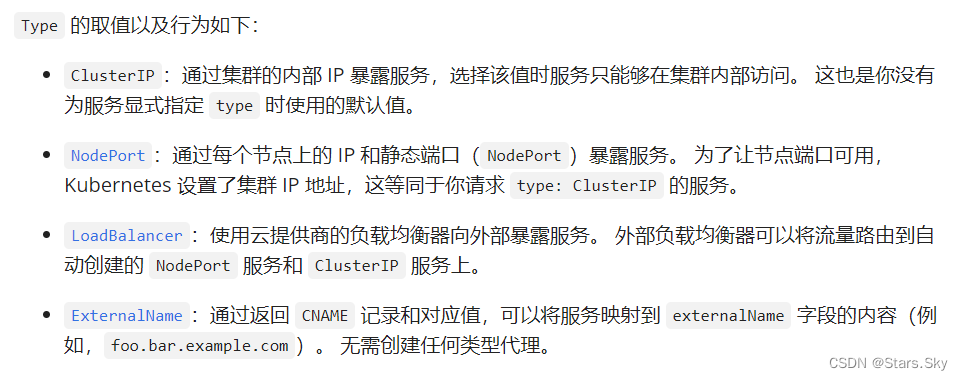
参考官方文档:服务(Service) | Kubernetes
2.2 Service 的端口
查看 service 的 spec.ports 字段如何定义?
[root@k8s-master01 ~]# kubectl explain service.spec.ports
KIND: Service
VERSION: v1
RESOURCE: ports <[]Object>
DESCRIPTION:
The list of ports that are exposed by this service. More info:
https://kubernetes.io/docs/concepts/services-networking/service/#virtual-ips-and-service-proxies
ServicePort contains information on service's port.
FIELDS:
appProtocol <string>
name <string> # 定义端口的名字
nodePort <integer> # service 在物理机映射的端口,默认在 30000-32767 之间
port <integer> -required- # service的端口,这个是 k8s 集群内部服务可访问的端口
The port that will be exposed by this service.
protocol <string>
targetPort <string> # targetPort 是 pod 上的端口,从 port 和 nodePort 上来的流量,经过 kube-proxy 流入到后端 pod 的 targetPort 上,最后进入容器。三、 创建 Service:type 类型是 ClusterIP
3.1 创建 Pod
[root@k8s-master01 ~]# vim pod_test.yaml
spec:
selector:
matchLabels:
run: my-nginx
replicas: 2
template:
apiVersion: apps/v1
kind: Deployment
metadata:
name: my-nginx
spec:
selector:
matchLabels:
run: my-nginx
replicas: 2
template:
metadata:
labels:
run: my-nginx
spec:
containers:
- name: my-nginx
image: nginx:latest
imagePullPolicy: IfNotPresent
ports:
- containerPort: 80 # pod 中的容器需要暴露的端口
startupProbe:
periodSeconds: 5
initialDelaySeconds: 60
timeoutSeconds: 10
httpGet:
scheme: HTTP
port: 80
path: /
livenessProbe:
periodSeconds: 5
initialDelaySeconds: 60
timeoutSeconds: 10
httpGet:
scheme: HTTP
port: 80
path: /
readinessProbe:
periodSeconds: 5
initialDelaySeconds: 60
timeoutSeconds: 10
httpGet:
scheme: HTTP
port: 80
path: /
[root@k8s-master01 ~]# kubectl apply -f pod_test.yaml
deployment.apps/my-nginx created
# 查看刚才创建的 Pod ip 地址
[root@k8s-master01 ~]# kubectl get pods -o wide
NAME READY STATUS RESTARTS AGE IP NODE NOMINATED NODE READINESS GATES
my-nginx-584946c8df-hwgnd 1/1 Running 0 99s 10.244.169.144 k8s-node2 <none> <none>
my-nginx-584946c8df-w5cnh 1/1 Running 0 99s 10.244.36.122 k8s-node1 <none> <none>
# 请求 pod ip 地址,查看结果:
[root@k8s-master01 ~]# curl 10.244.169.144
<!DOCTYPE html>
<html>
<head>
<title>Welcome to nginx!</title>
[root@k8s-master01 ~]# curl 10.244.36.122
<!DOCTYPE html>
<html>
<head>
<title>Welcome to nginx!</title>
<style>
# 进入容器内部请求另一个 pod
[root@k8s-master01 ~]# kubectl exec -it my-nginx-584946c8df-hwgnd -- bash
root@my-nginx-584946c8df-hwgnd:/# curl 10.244.36.122
<!DOCTYPE html>
<html>
<head>
<title>Welcome to nginx!</title>
<style>
需要注意的是,pod 虽然定义了容器端口,但是不会使用调度到该节点上的 80 端口,也不会使用任何特定的 NAT 规则去路由流量到 Pod 上。 这意味着可以在同一个节点上运行多个 Pod,使用相同的容器端口,并且可以从集群中任何其他的 Pod 或节点上使用 IP 的方式访问到它们。
# 误删除其中一个 Pod
[root@k8s-master01 ~]# kubectl delete pods my-nginx-584946c8df-hwgnd
pod "my-nginx-584946c8df-hwgnd" deleted
[root@k8s-master01 ~]# kubectl get pods -o wide
NAME READY STATUS RESTARTS AGE IP NODE NOMINATED NODE READINESS GATES
my-nginx-584946c8df-982ff 1/1 Running 0 73s 10.244.169.147 k8s-node2 <none> <none>
my-nginx-584946c8df-w5cnh 1/1 Running 0 8m25s 10.244.36.122 k8s-node1 <none> <none>
通过上面可以看到重新生成了一个 pod :my-nginx-5b56ccd65f-7xzr4,ip 是10.244.187.102,在 k8s 中创建 pod,如果 pod 被删除了,重新生成的 pod ip 地址会发生变化,所以需要在 pod 前端加一个固定接入层。接下来创建 service。
3.2 创建 Service
# 查看 pod 标签:
[root@k8s-master01 ~]# kubectl get pods --show-labels
NAME READY STATUS RESTARTS AGE LABELS
my-nginx-584946c8df-982ff 1/1 Running 0 2m8s pod-template-hash=584946c8df,run=my-nginx
my-nginx-584946c8df-w5cnh 1/1 Running 0 9m20s pod-template-hash=584946c8df,run=my-nginx
# 创建 service
[root@k8s-master01 ~]# vim service_test.yaml
apiVersion: v1
kind: Service
metadata:
name: my-nginx
labels:
run: my-nginx
spec:
type: ClusterIP
ports:
- port: 80 # service 的端口,暴露给 k8s 集群内部服务访问
protocol: TCP
targetPort: 80 # pod 容器中定义的端口
selector:
run: my-nginx # 关联拥有 run=my-nginx 标签的 pod
[root@k8s-master01 ~]# kubectl apply -f service_test.yaml
service/my-nginx created
[root@k8s-master01 ~]# kubectl get svc
NAME TYPE CLUSTER-IP EXTERNAL-IP PORT(S) AGE
kubernetes ClusterIP 10.96.0.1 <none> 443/TCP 51d
my-nginx ClusterIP 10.110.2.134 <none> 80/TCP 10s上述 yaml 文件将创建一个 Service,具有标签 run=my-nginx 的 Pod,目标 TCP 端口 80,并且在一个抽象的 Service 端口(targetPort:容器接收流量的端口;port:抽象的 Service 端口,可以使任何其它 Pod 访问该 Service 的端口)上暴露。
# 在 k8s 控制节点访问 service 的 ip:端口 就可以把请求代理到后端 pod
[root@k8s-master01 ~]# curl 10.110.2.134:80
<!DOCTYPE html>
<html>
<head>
<title>Welcome to nginx!</title>
<style>
通过上面可以看到请求 service IP:port 跟直接访问 pod ip:port 看到的结果一样,这就说明service 可以把请求代理到它所关联的后端 pod。
注意:上面的 10.110.2.134:80 地址只能是在 k8s 集群内部可以访问,在外部无法访问,比方说我们想要通过浏览器访问,那么是访问不通的,如果想要在 k8s 集群之外访问,是需要把service type 类型改成 nodePort。
# 查看 service 详细信息
[root@k8s-master01 ~]# kubectl describe svc my-nginx
Name: my-nginx
Namespace: default
Labels: run=my-nginx
Annotations: <none>
Selector: run=my-nginx
Type: ClusterIP
IP Family Policy: SingleStack
IP Families: IPv4
IP: 10.110.2.134
IPs: 10.110.2.134
Port: <unset> 80/TCP
TargetPort: 80/TCP
Endpoints: 10.244.169.147:80,10.244.36.122:80
Session Affinity: None
Events: <none>
[root@k8s-master01 ~]# kubectl get ep my-nginx
NAME ENDPOINTS AGE
my-nginx 10.244.169.147:80,10.244.36.122:80 6m39s
service 可以对外提供统一固定的 ip 地址,并将请求重定向至集群中的 pod。其中“将请求重定向至集群中的 pod ”就是通过 endpoint 与 selector 协同工作实现。selector 是用于选择 pod,由selector 选择出来的 pod 的 ip 地址和端口号,将会被记录在 endpoint 中。endpoint 便记录了所有关联的 pod 的 ip 地址和端口号。当一个请求访问到 service 的 ip 地址时,就会从 endpoint 中选择出一个ip 地址和端口号,然后将请求重定向至 pod 中。具体把请求代理到哪个 pod,需要的就是 kube-proxy 的轮询实现的。service 不会直接到 pod,service 是直接到 endpoint 资源,就是地址加端口,再由 endpoint 再关联到 pod。
3.3 service 名称解析
service 只要创建完成,我们就可以直接解析它的服务名,每一个服务创建完成后都会在集群dns 中动态添加一个资源记录,添加完成后我们就可以解析了,资源记录格式是:
- SVC_NAME.NS_NAME.DOMAIN.LTD.
- 服务名.命名空间.域名后缀
- 集群默认的域名后缀是:svc.cluster.local.
就像我们上面创建的 my-nginx 这个服务,它的完整名称解析就是:my-nginx.default.svc.cluster.local
# 只能进入 pod 内部解析域名,集群外部不行
[root@k8s-master01 ~]# kubectl exec -it my-nginx-584946c8df-w5cnh -- bash
root@my-nginx-584946c8df-w5cnh:/# curl my-nginx.default.svc.cluster.local
<!DOCTYPE html>
<html>
<head>
<title>Welcome to nginx!</title>
<style>
上一篇文章:【云原生 | Kubernetes 实战】11、K8s 控制器 Deployment 入门到企业实战应用(下)_Stars.Sky的博客-CSDN博客






